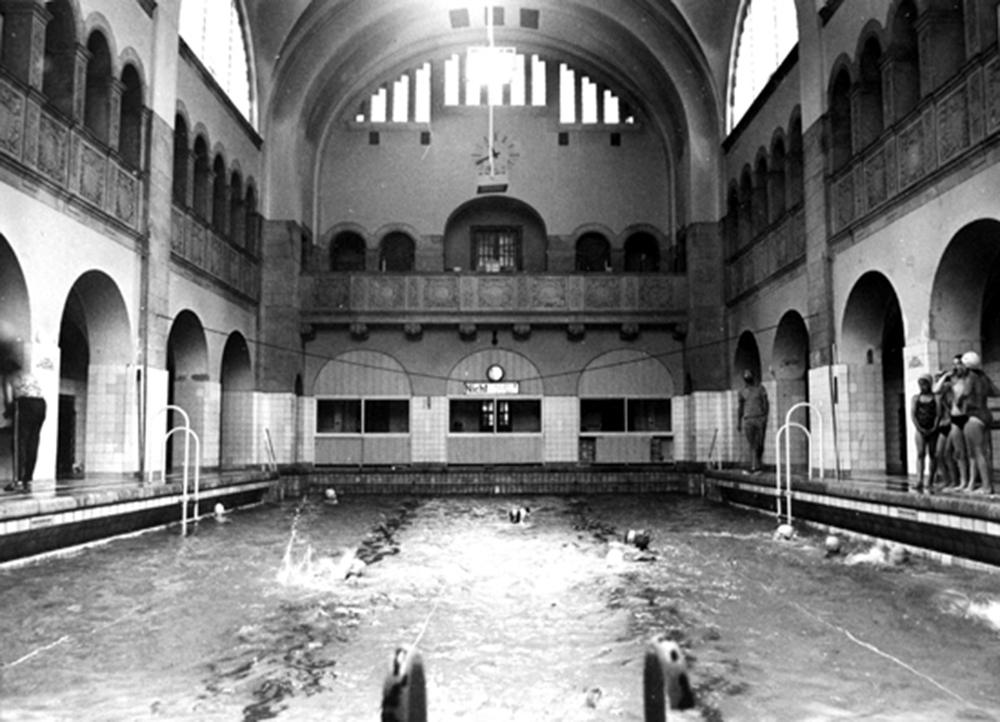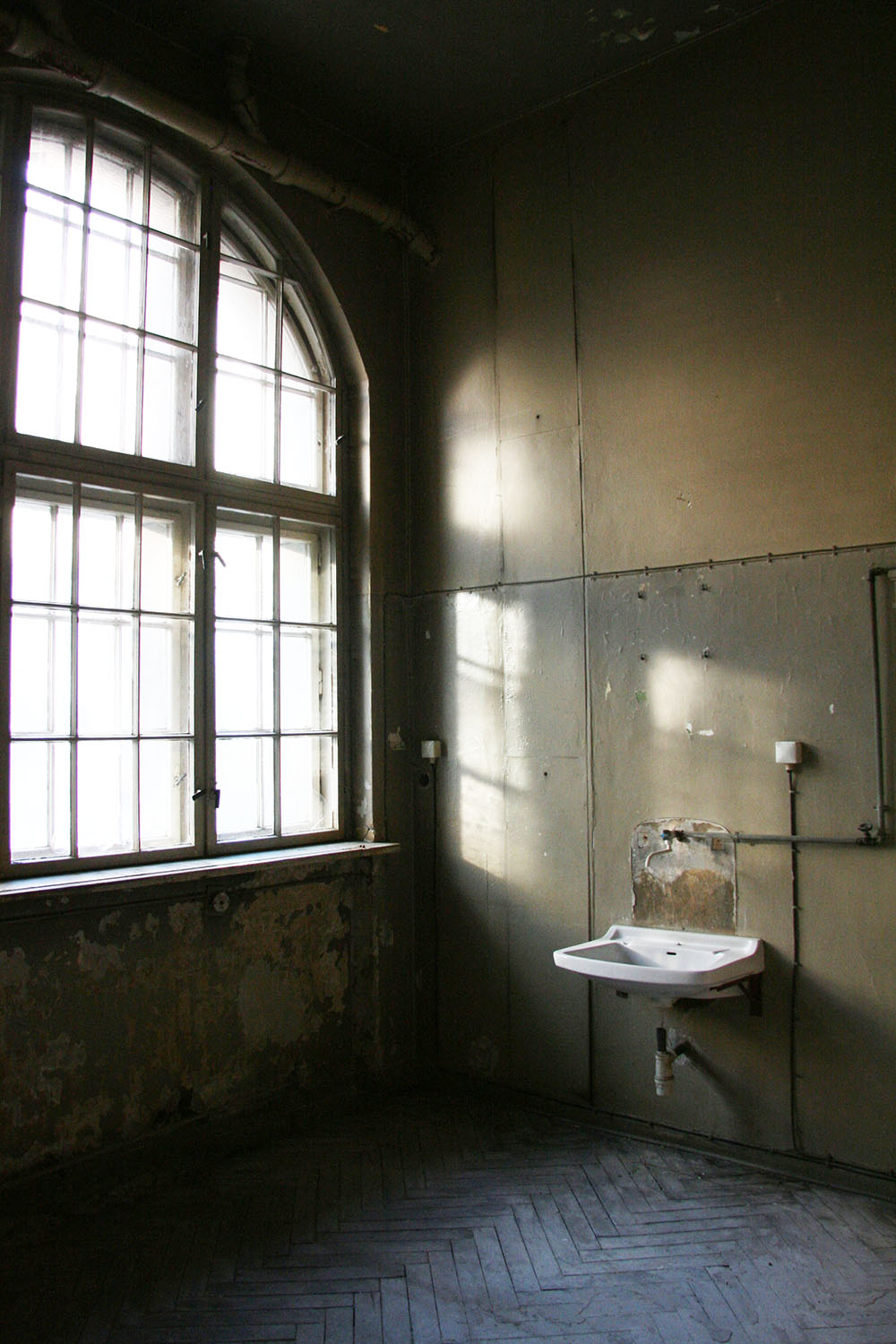Edited by: Riccardo Del Fabbro riccardodelfabbro@gmail.com
Where: Prenzlauer-Berg, Berlin
SILENTARCHITECTURE
Why architecture change?
An interesting example is the Stadtbad of Prenzlauer Berg, Berlin.
This building over the last century has had a very interesting story.
The project dates back to 1897, and belongs to L.Hoffmann ,architect and planning commissioner of Berlin.
After its construction, in 1902, it was used as a public bath by the neighborhood’s residents and the adjacent school, the Gemeinde Doppelschule.
The Stadtbad was a venue as well as a practical solution to the low presence of toilets in the homes of Prenzlauer Berg.
Between the 70s and 80s it was restored, but due to the high cost of maintenance was closed in 1997.
Transition.
In the last decade this fantastic example of German Sezessionstil becomes a container of cultural events: concerts, receptions, exhibitions, venue for performances and installations.
A non definitive transition is taking place.
In the last Venice Biennale of Architecture, entitled “Common Ground”, the architect Bernard Tschumi draw up a series of posters for the event, following his previous “Advertisements for Architecture” of 1976/77.
“Architecture is not about the conditions of design but about the design of conditions.”
This concept describe ”…the dissociation between the immediacy of spatial experience and the analytical definition of theoretical concepts”*.
In the Stadtbad this contrast is present.
We are facing a liminal space. A space in which the main element is ambiguity, disorientation, an area that continues to change while maintaining its appearance and its peculiarities, a space that never seems to change.
If through the 20th century the main transition of this public bath was the presence in different states of the element that allowed its function, the water, now the transitions are no longer identifiable, the transitions are constant.
No transitions are taking place.
This apparent functional implosion, the idea of old, aged, not abreast of the times, makes an architecture that does not declare its own identity, its spatial qualities, its temporality,
but once there are visible, in this exactly moment, there are no longer valid and no longer meaningful.
Myriads of non-transitions are taking place.
*Bernard Tschumi, “Advertisements for Architecture”, 1976/1977










